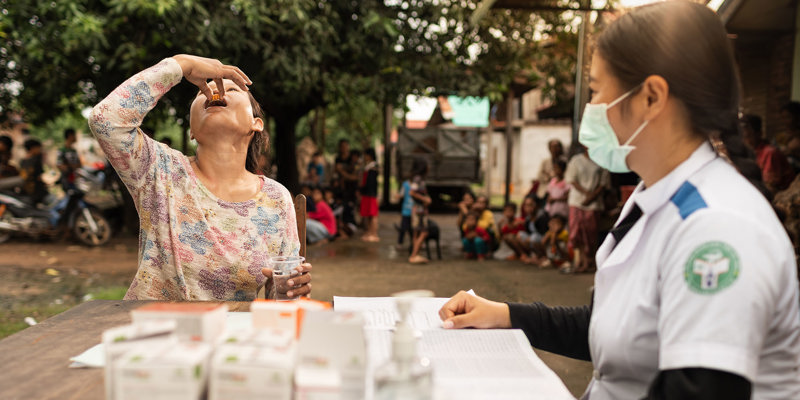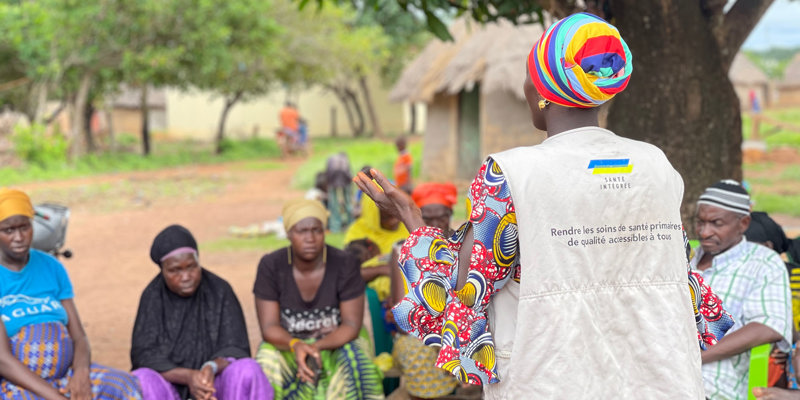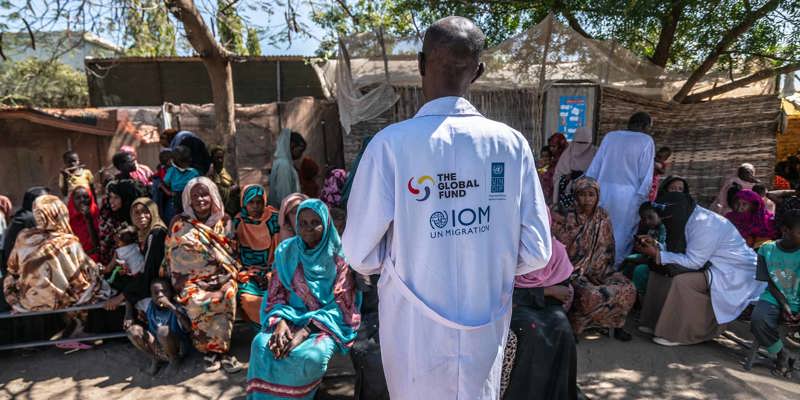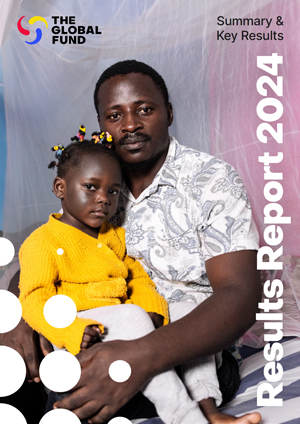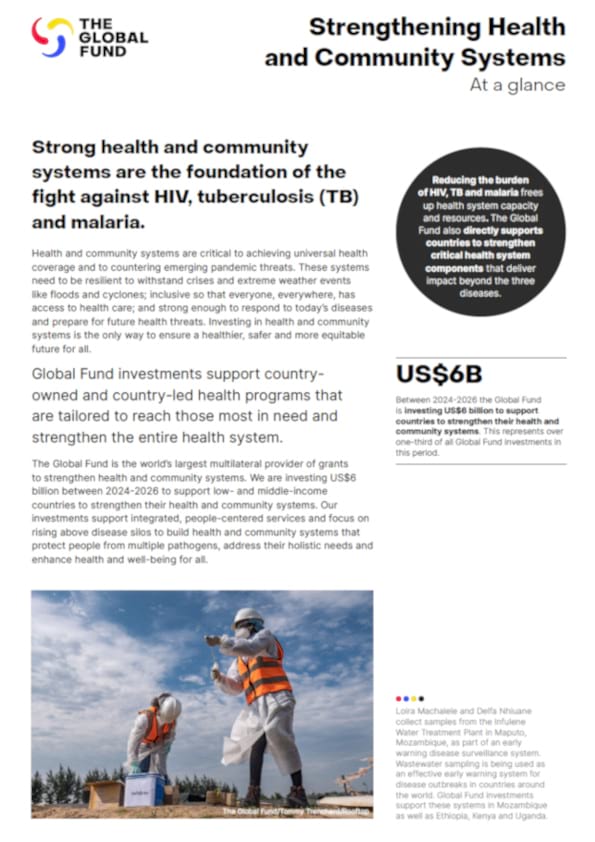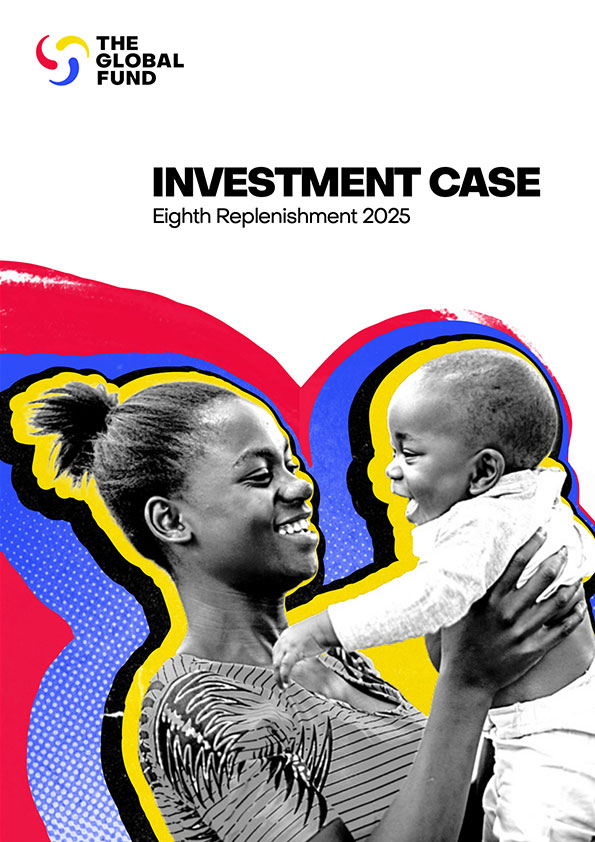Working with countries to sustain hard-won gains and progress made against the three diseases is fundamental to the Global Fund’s approach. Strengthening sustainability requires both continued investments in reducing the burden of disease, while at the same time supporting countries to assume greater financing and responsibility for ending these diseases as epidemics as they move toward greater self-reliance.
Ultimately, this will only be achieved with sustainable health systems that are fully funded by countries through their own resources.
Guided by the Sustainability, Transition and Co-Financing Policy [ download in English ] , which was revised in 2024, the Global Fund partnership takes a holistic approach to sustainability. We do this by supporting the scale-up of new technologies and service delivery, catalyzing better and more efficient use of domestic financing, increasing our alignment with and implementation through national systems, and supporting strong national sustainability and transition planning to gradually support countries to assume full leadership of the national responses.

